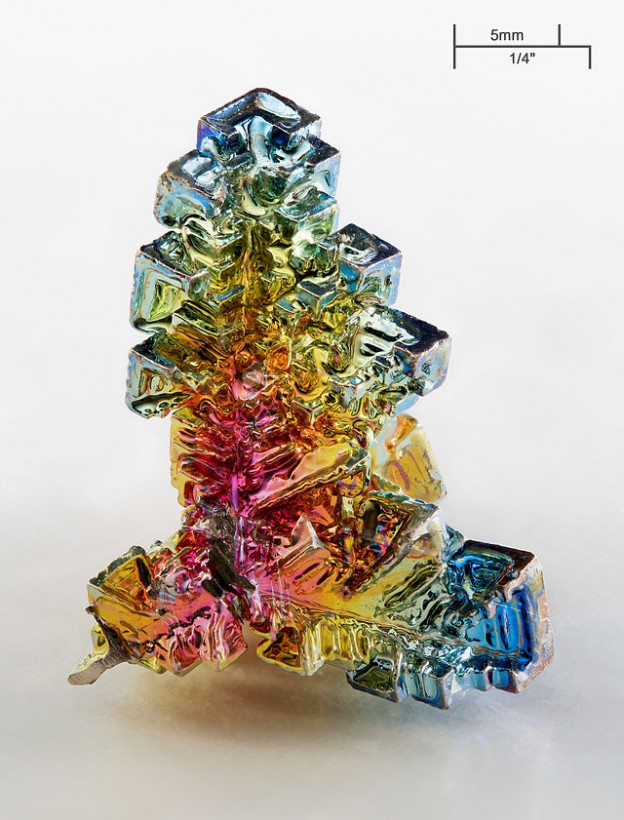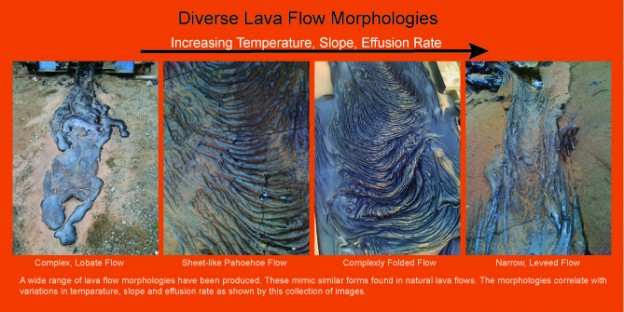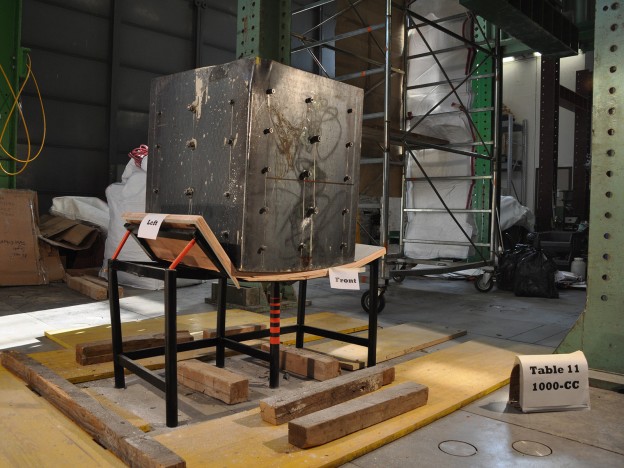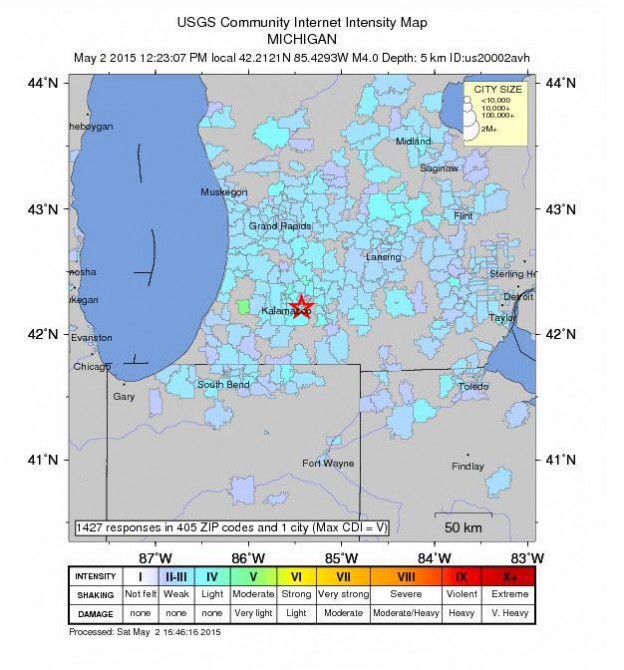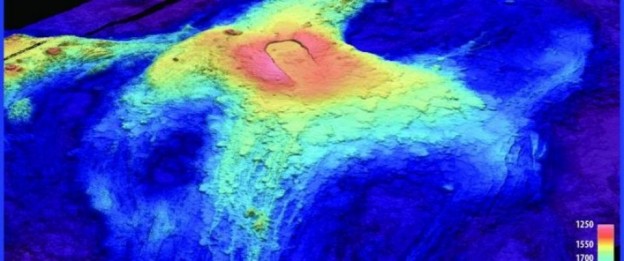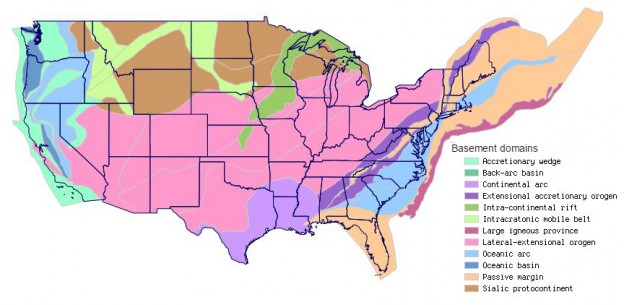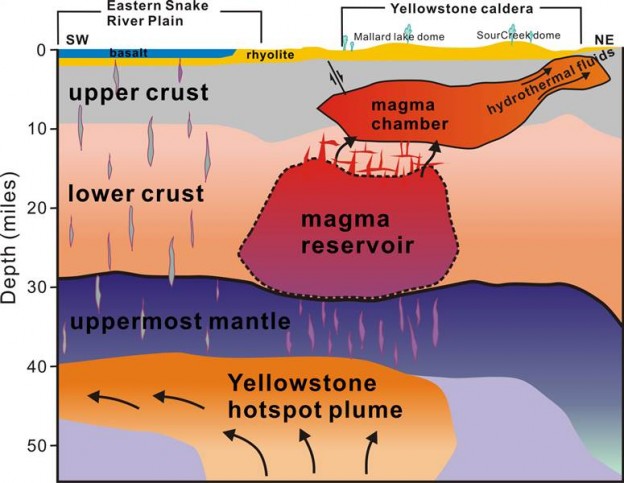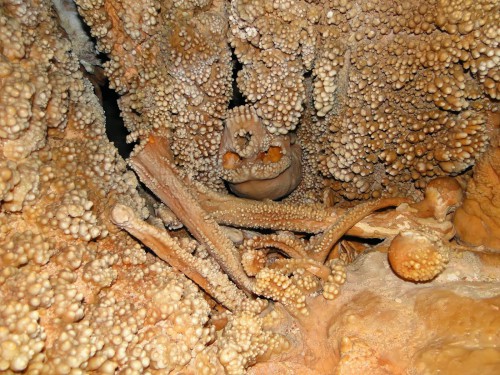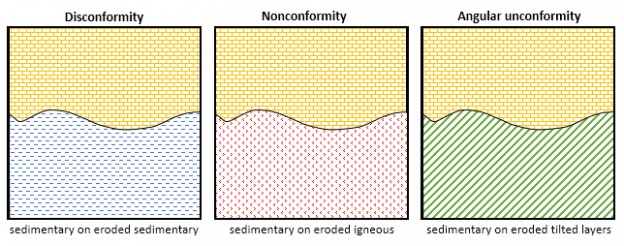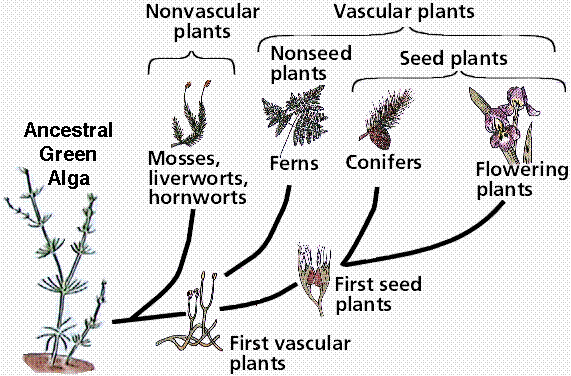Thanks to bismuth's low melting point of 271°C, you can grow your own crystals by melting and then cooling bismuth in a stove pot. A pound of pure bismuth runs $25 (shipping included) -- much cheaper than buying large crystals -- and you can even use molds to create geodes or other shapes. Check out the video, or if you prefer written instructors, see this tutorial. Read more
Grow your own bismuth crystals
Metamorphic meat: lava-cooked steaks
Researchers at Syracuse University developed a car-sized furnace, capable of melting up to 800 pounds of basaltic rock into lava, to study how lava flow morphology is influenced by factors such as temperature, slope (of the land), snow and ice, effusion (pour) rate, barriers, lava composition, and surface roughness.
While the furnace has already yielded plenty of helpful data, students found yet another use: cookouts at 1,000°C! No word yet on how a volcano-baked steak tastes, though. Suggested future include s'mores and hot dogs. Watch the video below, and then check out the Syracuse University Lava Project website for photos and descriptions of their work. Read more →
Earthquake vs. Desk
Most earthquake deaths result from collapsing buildings and objects. Stronger buildings are the best safeguard, but the steep cost makes them an unrealistic option for cash-strapped regions. Read more →
Rare 4.2 earthquake rattles Michigan
On May 2, a rare earthquake shook Michigan, rolling in at magnitude 4.2, the second strongest quake recorded in the state. Fortunately, although items fell off of shelves and windows vibrated, the state suffered no major destruction or injuries from the quake. Read more →
Underwater volcano might be erupting off of Oregon coast
Almost every day for the last five months, hundreds of small earthquakes have rattled Axial Seamount, an underwater volcano located three hundred miles off of the Oregon coast. At the same time, underwater pressure sensors have revealed that the surrounding seafloor had been slowly rising. Then, on April 24, almost eight thousand earthquakes rumbled Axial and the seafloor dropped almost eight feet! Read more →
Geologic map reveals US basement rock origins
By combining data about surface mineral resources, national-scale gravity and aeromagnetic surveys, and the age and origins of basement rocks, the USGS has developed a map of the basement rocks underlying the United States. Basement rocks sit above the mantle but beneath all other rocks and sediments. The full report is available here. Read more →
Yellowstone magma: a new chamber, bigger and deeper
Will the Yellowstone magma chamber--make that chambers--ever stop growing? Well, they're not actually growing per se; rather, scientists are discovering that Yellowstone's magma chambers are bigger--and more numerous--than previously believed. In 2013, the upper magma chamber was revealed to be more than double its previously estimated volume. Then, this month, geophysicists announced the existence of an additional, deeper, larger magma reservoir sitting between the upper chamber and the mantle plume feeding the legendary volcano. Check out the video below, by the University of Utah, to see a 3D animation of the setup. You can read more about Yellowstone eruptions in my previous post, which has been updated. Read more →
The Neanderthal in the karst: hapless skeleton dated at 150,000 years old
During the age of the mammoth, a hominin roaming southern Italy stumbled into a hole in the karst landscape. Out of reach of sun and predator, he starved to death, his body decaying and his bones slumping into a pile, mineral-rich waters ultimately calcifying and fusing them into the surrounding limestone. Locked in the limestone, his skeleton would remain there until 1993, when cave explorers found his face--upside down--staring back at them. Read more →
Types of unconformities
An unconformity is an erosional surface between strata. Since they usually form when the older (lower) layers are exposed and eroded, unconformities can tell us about the history of the rock, but sadly, they can also erase millions of years of evidence. There are three main types.
Evolution of plants
Below is a barebones overview of the evolution of plants, based on notes from a module in the University of Copenhagen's Origins: Formation of the Universe, Solar System, Earth and Life. For additional information, check here and here. Read more →

